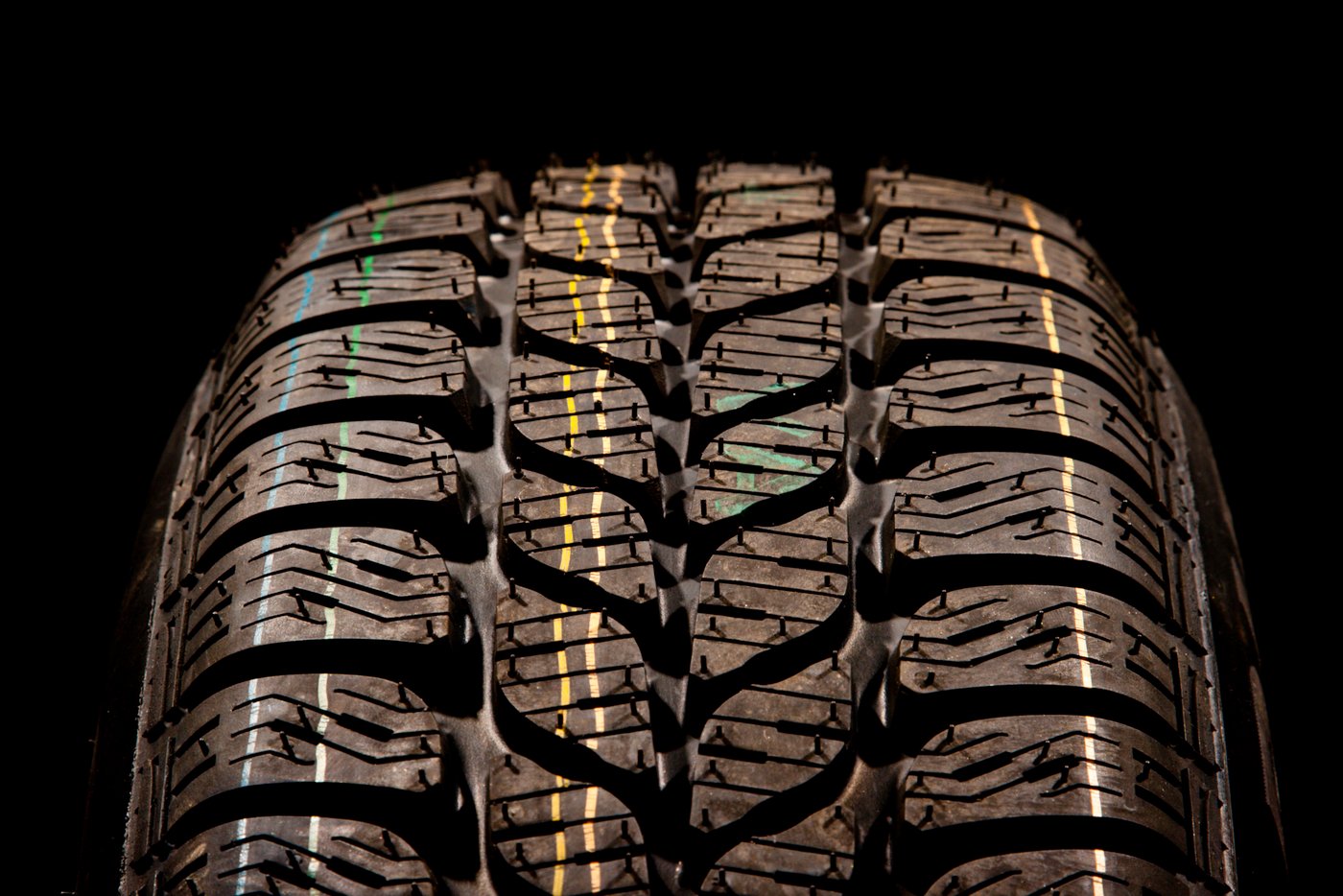What do the numbers on the side of a tire mean?
You have probably noticed that there are a lot of numbers and letters on the side of your vehicle’s tires. So what do they mean?
Just plain tired
Apart from those odd little symbols on the tag of your shirt that resemble Egyptian hieroglyphics and are allegedly washing instructions, few things are understood less than the numbers and letters on the side of a tire.
What the heck is all that stuff? Is it important to know how to read it when it’s time to replace your tires? Well, (1) let me show you, and (2) sort of…

Cracking the code on the side of a tire
There’s enough information molded into the side of the tire that you can even tell when it was made, right down to the week of the year.
That’s, well, probably more than 98% of you ever need to know. So let’s cover the basics — the ones you really need to know when shopping for a replacement.

Read from left to right:
The first number, 235, is the width of the tire, across the tread, in millimeters. This tire is 235mm wide. If you want geek points with your tire guy, the technical term for this is “nominal section width.”
Sometimes your tires will have a letter in front of this number — P indicates a tire for a passenger car, LT for a light truck, ST for a trailer tire (“special trailer”), or a T for a temporary spare.
The second number — after the forward slash, which simply keeps the numbers separated — is 65. This one is a bit tricky. This is the aspect ratio of the sidewall height to the total width of the tire, expressed as a percentage.
So, this tire’s sidewall is 65% as tall as the tire is wide. The simple way to look at this is, given the same width, a 65 series tire has a taller sidewall than a 45 series tire.
Why do you care? In general, a taller sidewall gives a more comfortable ride, since it deflects — squashes — under pressure. However, a shorter sidewall will result in a harsher ride — but a more responsive tire on “turn-in” to a corner.
After the second number is a letter, in this case, R. This letter indicates the construction of the carcass of the tire, with this one being a radial tire. Other options include B for bias belt, D for diagonal, and if there is no letter, then it is a cross-ply tire. Practically every modern tire for a modern car is a radial, so you should see an R.
Immediately after the letter is another two-digit number, on this tire, 17. This one is pretty simple — this is the diameter, in inches of the wheel this tire is designed for. So this tire goes on a 17-inch wheel.
Next will be a two or three digit number, depending on the tire. On this tire, we have a 104. This is the load index of the tire, which in simple terms, describes how much weight this tire is designed to carry when properly inflated.
Unfortunately, the number doesn’t directly correlate with the weight, so you can bookmark this chart from Discount Tire, which shows us that a load rating of 104 corresponds to 1,984 pounds.
So, in this vehicle’s case, the maximum load it can carry — which includes the weight of the vehicle itself, the passengers, the spare change, and that Big Gulp in the cupholder — is 7,936 pounds — 1,984 times 4 tires.
Finally, right next to the load index, is a letter, an H in this case. This is the speed rating of the tire, or the highest speed that this tire is designed and constructed to survive.
Much like the load index, you’ll have to take a look at a chart for this one. So, this tire, rated H, is good up to 130mph.
Can you read this tire?
Okay — think you can try one on your own? Here’s another tire. I’ll post the answers under the photo. No cheating!

Pencils down. Ready?
So this tire is 225mm wide, and has an aspect ratio of 45, or 45% of the width of the tire.
Now, I did throw you a bit of a curve here — this is a radial tire, as indicated by the R, but what’s with the Z? Some high-performance tires put a speed rating in front of the tire type, and a speed rating of Z indicates “149mph and over.”
The 17 tells you this is for a 17-inch wheel, the load rating of 91 shows that this tire handles 1356 pounds… okay, so what’s with the Y? Well, recall that the Z indicated a speed rating of “149mph and over.”
The Y tells you specifically that this tire is good to 186mph. Not that I recommend trying that on the freeway.
Ready to re-tire
So, now when you go to buy a new set of tires, you’ll be able to not only verify that the new ones match the specs of the old ones — you’ll know just what those specs mean.
For example, you generally don’t want to go to a lower speed or load rating from the original factory tire, but higher is just fine.







